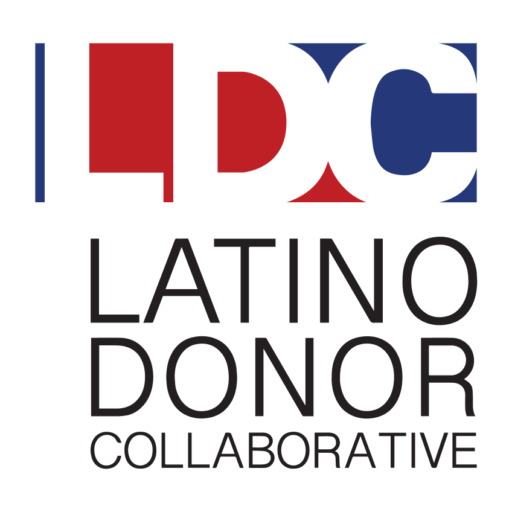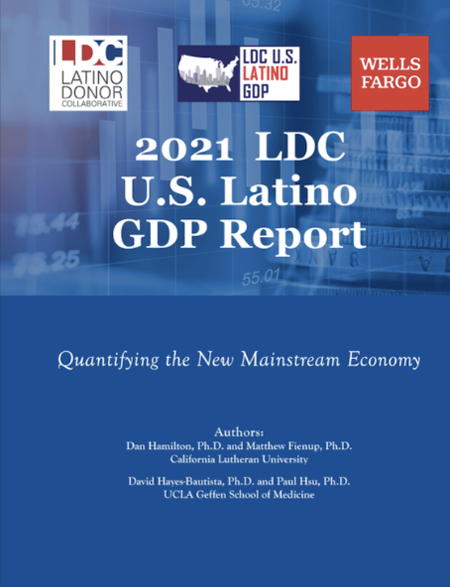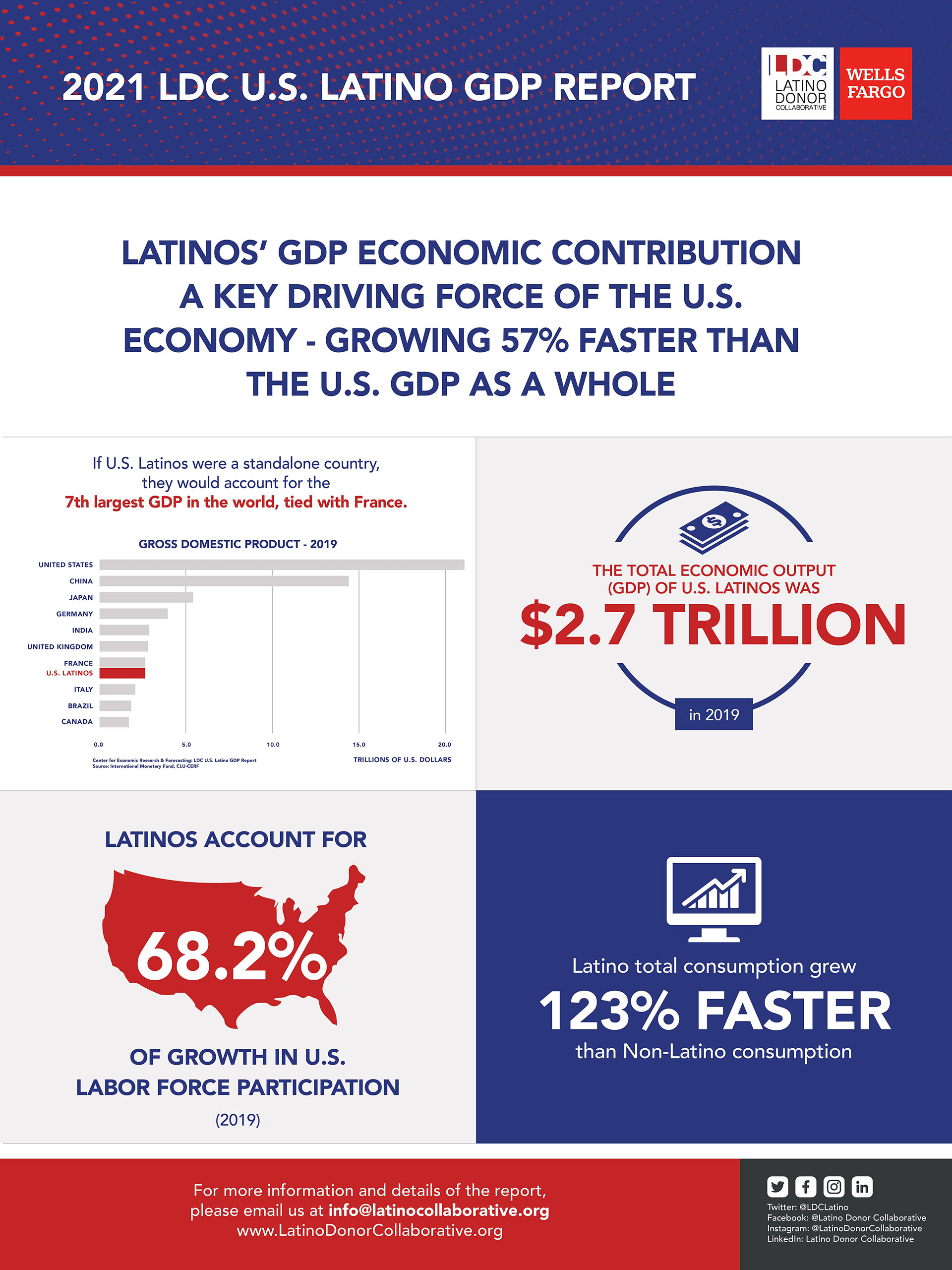The 2021 LDC U.S. Latino GDP Report, funded by Wells Fargo, provides a detailed analysis of the U.S. Latino economic contribution in the United States, highlighting their significant impact on the national economy. In 2019, the U.S. Latino GDP reached an impressive $2.7 trillion, marking a substantial increase from $2.1 trillion in 2015 and $1.7 trillion in 2010. If U.S. Latinos were an independent country, their GDP would rank as the seventh-largest in the world, tied with France and surpassing economies such as Italy, Brazil, and Canada.
The report underscores the rapid growth of the Latino GDP, which has consistently outpaced the broader U.S. economy. Between 2010 and 2019, the real Latino GDP grew by 57% faster than the overall U.S. GDP, showcasing the dynamic economic power of the Latino community. This growth is largely driven by increased educational attainment, higher labor force participation, and rising personal incomes among U.S. Latinos.
A significant portion of the Latino GDP is rooted in personal consumption, which totaled $1.85 trillion in 2019, nearly equivalent to the entire economy of Texas. This consumption growth has been fueled by the increasing educational achievements of Latinos, with the number of individuals holding a bachelor’s degree or higher growing 2.8 times faster than the non-Latino population between 2010 and 2019.
The report also highlights the diverse industry contributions of U.S. Latinos, with the largest sectors being Education & Healthcare, Professional & Business Services, and Finance & Real Estate. These sectors are not only engines of growth but also form a broad foundation of support for the larger U.S. economy.
For a more detailed exploration of these insights and their implications for the future, download the full 2021 LDC U.S. Latino GDP Report from the Latino Donor Collaborative website.




